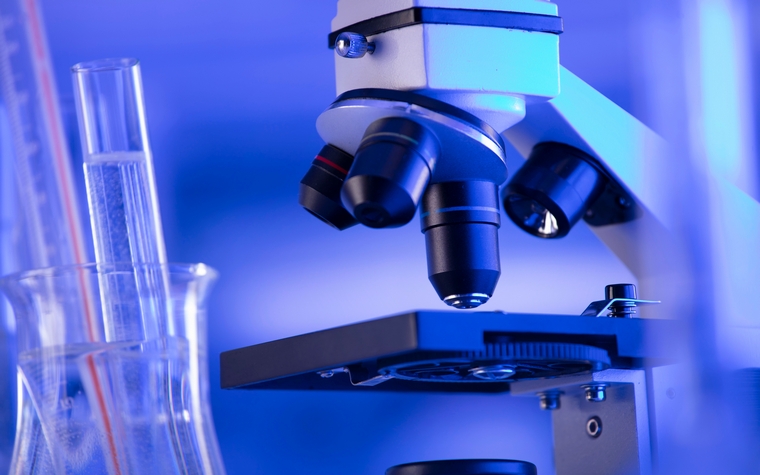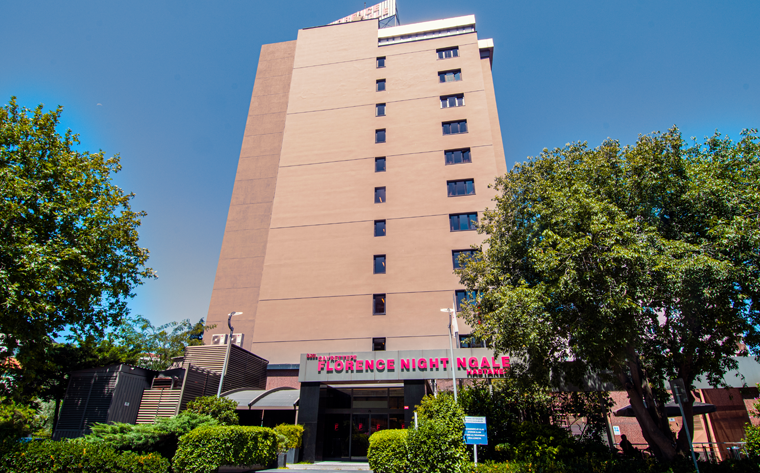
What is Liquid Biopsy, When is it Done and What is it Used for?
Liquid biopsy is a non-invasive test used to detect DNA fragments from cancer cells or tumors in the blood. It is usually performed for early diagnosis of cancer, treatment monitoring, and monitoring the progression of the disease. This method, which is less painful and risky than traditional biopsies, analyzes cell-free DNA fragments in the patient's bloodstream to determine the genetic profile of the tumor and help monitor the course of the disease.
What is Liquid Biopsy?
Liquid biopsy is a non-invasive test used to detect DNA fragments originating from cancer cells or tumors in the blood. This test is an important tool for early cancer diagnosis, treatment monitoring and disease progression monitoring. Unlike traditional biopsies, liquid biopsy is a non-surgical method and is a less invasive option for patients. It is based on the analysis of cell-free DNA (cfDNA) or tumor-derived cell-free DNA (ctDNA) fragments found in the bloodstream.
How Does Liquid Biopsy Work?
Liquid biopsy analyzes cell-free DNA (cfDNA) or tumor-derived cell-free DNA (ctDNA) fragments in the bloodstream. After a blood sample is taken, these DNA fragments are isolated in a laboratory setting and genetic analyses are performed. These analyses allow the detection of genetic mutations and other biomarkers related to the tumor. Liquid biopsy can determine the presence, type and spread of cancer by monitoring tumor DNA in patients' bloodstream. It is also used to monitor response to treatment and follow the course of the disease.
What Advantages Does Liquid Biopsy Have Over Traditional Biopsy?
Liquid biopsy has many advantages over traditional biopsies. First, liquid biopsy is a non-invasive method, meaning it does not require surgical intervention. This makes it a less painful and less risky option for patients. In addition, liquid biopsy is a highly reproducible test, which makes it easier to follow the disease during the treatment process. While traditional biopsies only take samples from a certain area of the tumor, liquid biopsy can reflect the general genetic profile of the tumor by analyzing tumor DNA in the bloodstream. This offers a more comprehensive and holistic evaluation. Liquid biopsy is also an effective method for monitoring genetic changes in tumors that are resistant to treatment and metastatic cancers.
In Which Types of Cancer Can Liquid Biopsy Be Used?
Liquid biopsy can be used in many different types of cancer. It is especially effective in common cancers such as lung, breast, colon, prostate and ovarian cancers. This method is also very useful for monitoring genetic changes in tumors in metastatic cancers and cancers that are resistant to treatment. Liquid biopsy can also be used in rare cancers and can help determine the genetic profiles of these cancers.
When is Liquid Biopsy Preferred?
Liquid biopsy is preferred in cases where performing a tumor biopsy is difficult or risky. Liquid biopsy offers an important alternative, especially in cases where the tumor is located in areas that are difficult to reach surgically. Liquid biopsy can also be used to monitor response to treatment, assess disease progression, and determine the risk of recurrence. This method is also preferred to monitor whether the cancer has returned after treatment.
Can Liquid Biopsy Be Used in Cancer Diagnosis?
Yes, liquid biopsy can be used to diagnose cancer. Analysis of ctDNA in the bloodstream is an important method for detecting the presence of cancer. It is a promising technique, especially for early diagnosis, because even in the early stages of cancer, tumor-derived DNA fragments can be found in the blood. Liquid biopsy can help diagnose cancer in its early stages, allowing patients to start treatment earlier and thus increase their chances of survival.
Can Liquid Biopsy Determine Tumor Stage?
Liquid biopsy can help determine the stage of the disease based on the genetic profile of the tumor. The amount of ctDNA in the bloodstream and analysis of genetic mutations can provide information about the size, spread, and aggressiveness of the tumor. This information helps doctors understand how advanced the disease is and create an appropriate treatment plan. Liquid biopsy is also used to monitor the course of the disease and assess response to treatment.
How is a Liquid Biopsy Performed?
Liquid biopsy is performed by taking a simple blood sample. The blood sample is subjected to a special process in the laboratory and cfDNA or ctDNA is isolated. Genetic analysis is then performed and the results obtained are evaluated. The blood sample is usually taken from a vein in the patient's arm and is usually quick and painless.
Is Liquid Biopsy a Painful Procedure?
Liquid biopsy is generally a painless procedure as it only requires a blood sample to be taken. There may be some slight discomfort during the blood draw, but the procedure is quick and does not cause significant pain. It is a much less invasive method than traditional biopsies, making it a more comfortable option for patients.
Is Any Preparation Required Before Liquid Biopsy?
There is usually no special preparation required before a liquid biopsy. However, it is important to follow the instructions your doctor gives you. For example, in some cases, you may be asked to fast for a certain period of time. You may also need to inform your doctor of any medications or health conditions you are taking before the blood sample is drawn.
How Long Does It Take to Get Liquid Biopsy Results?
Liquid biopsy results are usually available within a few days to a week, depending on the workload of the laboratory and the analysis methods used. The results will be evaluated by your doctor and will guide your treatment plan. Being able to get results quickly provides a great advantage in disease management and treatment planning. Accurate and rapid evaluation of liquid biopsy results helps to provide the best care for patients during the treatment process.
Liquid biopsy stands out as a revolutionary method in cancer diagnosis and follow-up. This method, which provides less invasive, reproducible and comprehensive information than traditional biopsies, opens the door to a new era in cancer treatment. Offering a less painful and safer option for patients, liquid biopsy continues to be an important tool in the fight against cancer.





